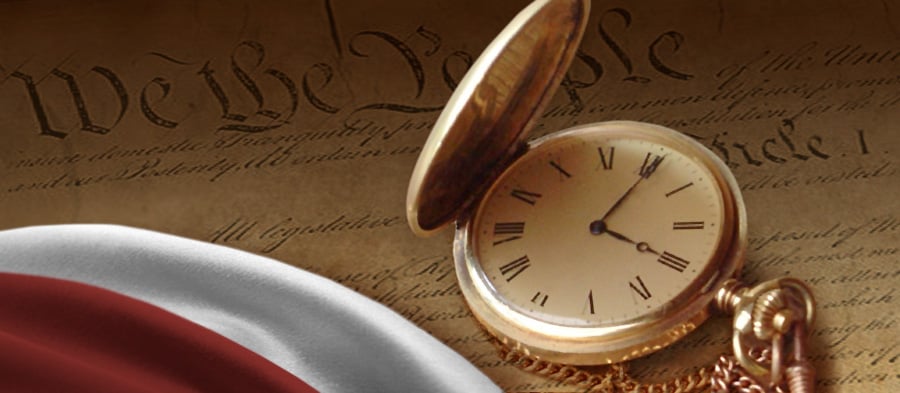Why Three Branches of Government?
Share
By Hillsdale College June 30, 2013
President Larry Arnn explains the relationship between the three branches of government.
Transcript:
STUDENT: Hello, I’m Sam, a student at Hillsdale College. Here is Hillsdale President Larry Arnn on the three branches of government.
DR. ARNN: There’s a lot of confusion these days about the relationship of the three branches of government—especially among many who are in government. Some think the judiciary sits atop the other two branches—the legislative and the executive. Others think the president sits above Congress and the courts. In fact, all three branches are equally accountable to the Constitution, and therefore to the people who made the Constitution. The president, members of Congress, and federal judges all take an oath to the Constitution. In making the laws, Congress must adhere to the Constitution. In executing the laws, the president must abide by the Constitution. In interpreting the laws, judges are bound by the Constitution. All the people’s representatives are accountable to the Constitution, and therein lies our liberty.
STUDENT: This Constitution Minute was brought to you by Hillsdale College. Join the national conversation on the Constitution [comment below].

